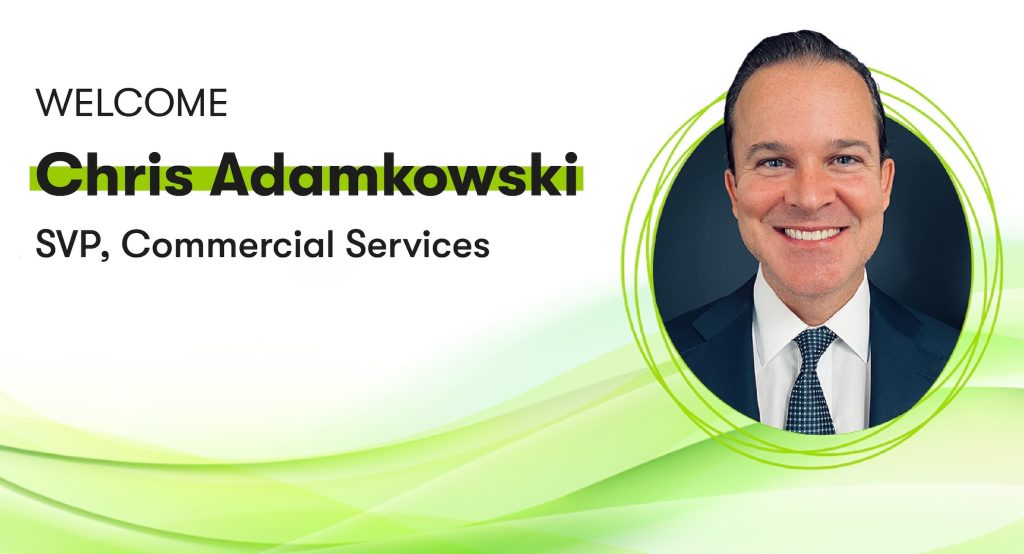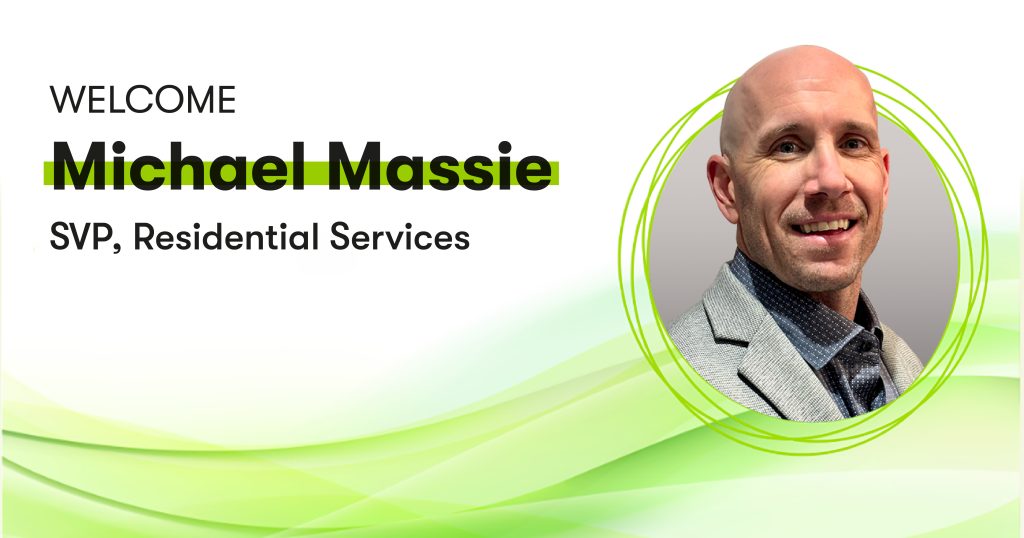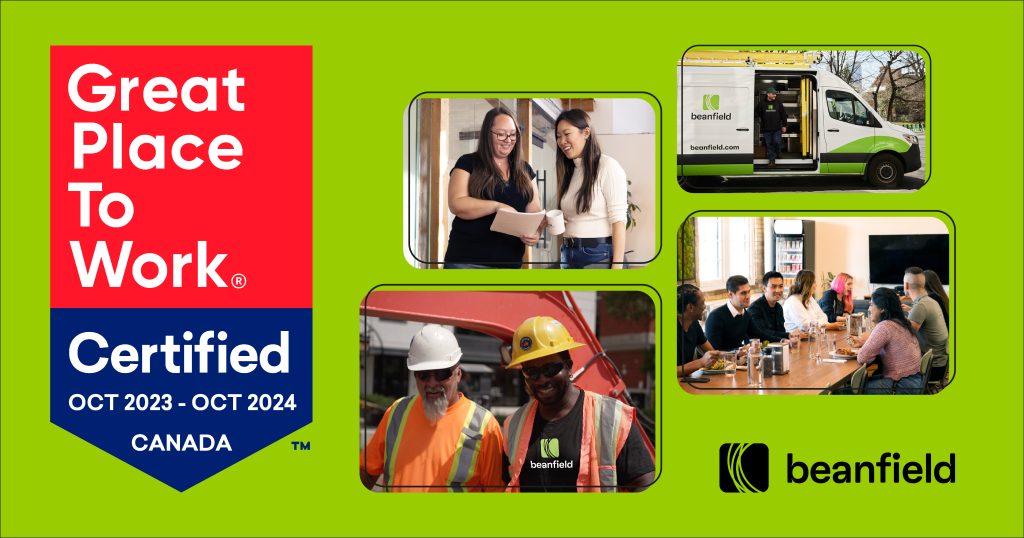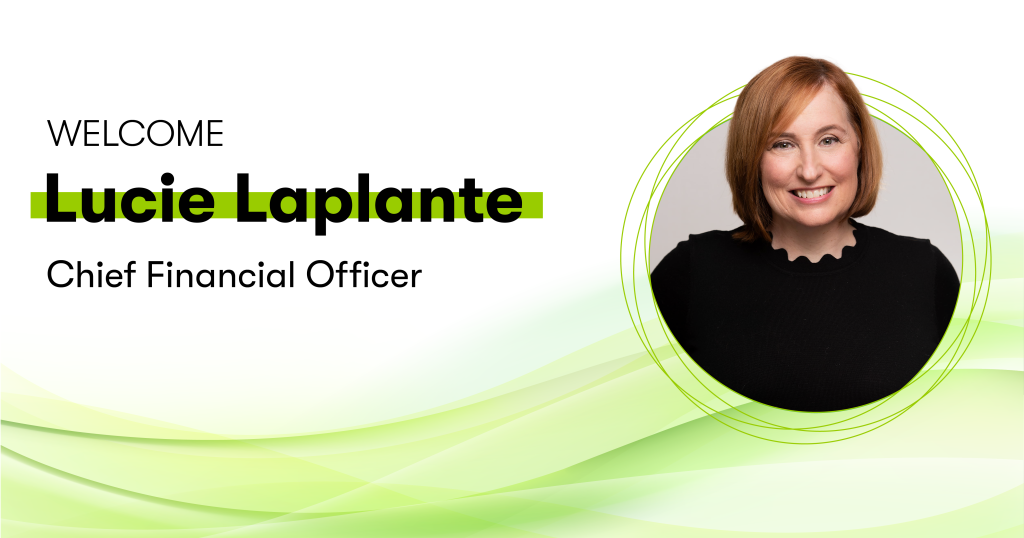The other day a group of us started talking about our brand. Typical to the way we do things here, there were emails in between meetings along the lines of “we’re not just about speed and price,” and “we’re not about the mousetrap”, and “we need people to identify with our values.” I’m sure all high-powered corporate branding discussions go exactly like this.
It made me think back to where we came from. As we hit our 25th anniversary, I think we can still learn from what we did right, what went wrong and what we always wanted to be.
Lots of people ask me about the origin of the name Beanfield. At the time, I was working building and networking computers, and everyone wanted to be IBM. So everything was a three-letter name. I hated that. I wanted something more organic. More human.
The name dawned on me after watching The Milagro Beanfield War. It’s a story about a little guy fighting off the big corporate powers, and we like to see ourselves that way with the big Telcos.
So… the seeds of the idea were planted (sorry)… and there it was: Beanfield.
It made sense because this business started when I was just growing up myself. I was 15 years old, in high school, cutting class to run my BBS. For anyone under 35, that’s how people communicated before the Internet.
Back then, there was no institutionalized support for anything. Banks had mainframes. Personal computers were the domain of young people. It was a good time to be young.
I would often leave class, put on a nice shirt, and go and meet customers. I’d set up office LANs and do break-fix work.
The break-fix business was seeing a lot more break than fix, since this was just around the time that Microsoft started producing truly abysmal products, like Windows. So here we are trying to build these office networks and Windows is what we’re stuck with. Customers were yelling at me and it wasn’t my fault. I blame Bill Gates. His products were so terrible and there was nothing I could do about it.
Many years later (and I’m skipping a lot here), I met my partner, Chris Amendola. We decided that doing cabling for these office LANs might be a great way to pay the bills, and bolster the primary business of break-fix. Of course, this only made things worse.
During those cabling days, we would juggle our suppliers onto various business and personal credit cards just to keep our heads above water. Inevitably, the credit cards would be maxed – but there was one card that always seemed to work. The Home Depot card… Do you know how hard it is to find anything to eat at Home Depot?
To try and keep one step ahead of impending doom, we thought that hooking all of our customers up to us over some sort of private wide area network would be a great way to save travel time, so we could do more break-fix in a shorter period of time.
Then the Internet became popular. We had this break-fix Wide Area Network in place, so it wasn’t a big deal to instantly give customers Internet access across it. We actually registered a separate company to sell Internet access. You know, just in case it was a fad, and we had to close it down.
Then the Dot-com boom and bust happened. But our tough times had put us in a place where we weren’t leveraged where everyone else was. Customers that were left in the dark by bankrupt, upstart Telcos were screaming for a lifeline for their Internet. In many cases, they were so desperate for connectivity, we couldn’t wait for Bell to put in an ISDN line so we just wire-tied cables to fences, sprinkler pipes and sometimes even through trees to hook up these stranded customers.
This rush to run our own cables to hookup customers – unwittingly enough – became our core value and our legacy.
Over time, we formalized that arrangement with an access agreement with the City of Toronto. And here we are offering our own network, running fibre, building-to-building, and helping people use their phone and Internet.
Which brings me back to our branding discussion.
When I was a kid, while we were all playing war games, I would run RadioShack speaker wire through the trees and hook up telephones between our forts. The theme of communication has always been fundamentally important to me. Many of the world’s problems stem from lack of understanding. The miracle of the telephone and Internet draws people together and makes the world a better place.
Beanfield is about enabling communication. About making things better.
We’re a company that’s easy to deal with. A company with integrity. A company you can trust. A company that does business “How it should be.”
See, there’s nothing to this branding thing after all.
















